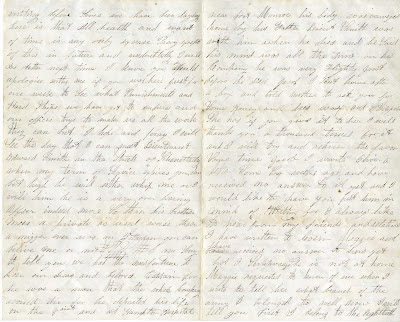 |
| Drawing of Frank Taberski. |
This blog entry is written by Amanda Stafford, one of our summer interns at the Schenectady County Historical Society.
Frank Taberski was born March 15, 1889 in Poland. He immigrated to the United States as a child and grew up primarily in Amsterdam, New York, before moving to Schenectady as an adult. In 1915, at the age of twenty-six, Taberski began to make a name for himself in billiards. At that young age, he became a professional billiards player and, after attending the New York City pocket billiards championship, knew that he could become a champion. Between 1915 and 1916, he became the world champion, a title he would hold for seven years. By 1918, he had won ten consecutive challenge matches. He gained two nicknames for his playing style, “The Sloth” and “The Inexorable Snail,” because he played with a slow, deliberate manner, taking several minutes to ponder his next move, which psyched out his opponents. Because of this style, a new rule was conceived that put a three-minute limit on the time between shots. In 1919, he forfeited the title due to illness. He joined a vaudeville exhibition circuit from 1919 to 1923, and won all 313 games he played. In the mid-1920s, he returned to the professional world of billiards and won four more titles before the decade ended. In the late 1920s, he opened his own bowling alley and pool hall at the intersection of Broadway and State Street in Schenectady. The building stood for forty years before burning down in the 1960s. Frank married a woman from Poland named Loretta, and together they had three sons. Taberski died on October 23, 1941 at the age of fifty-two.
But his legacy wasn’t finished. In 1999, he was ranked seventh on the Billiards Digest 50 Greatest Players of the Century. Before that, however, in 1971, he was inducted into the Billiards Congress of America Hall of Fame. The Billiards Congress of America (BCA) was established in 1948 with the objective to organize the players and to promote the sport through qualifying tournaments at the local, regional and national levels in both Straight Pool and 3-Cushion Billiards. The organizers also wanted to create an official rulebook for the sport to standardize it and to help fund their efforts. During the late 1940s and all of the 1950s, the sport was in a depression and the association was anchored by its new official rulebook and the official recognition of World and National Championships through BCA sanctioning. The sport gained great popularity after the release of the movie The Hustler in 1961. Today, the BCA International Billiards and Home Recreation Expo is the largest billiard trade show in the world.
The BCA Hall of Fame has been inducting players since 1966. There are two categories; Greatest Player and Meritorious Service. The Meritorious Service category is for players that have made a lasting and memorable contribution to the sport. The Greatest Player category is reserved for outstanding players who have been playing in national or international competitions for at least twenty years and have won at least one national or international championship. Not surprisingly, Frank Taberski was inducted in the Greatest Player category in 1975.



















